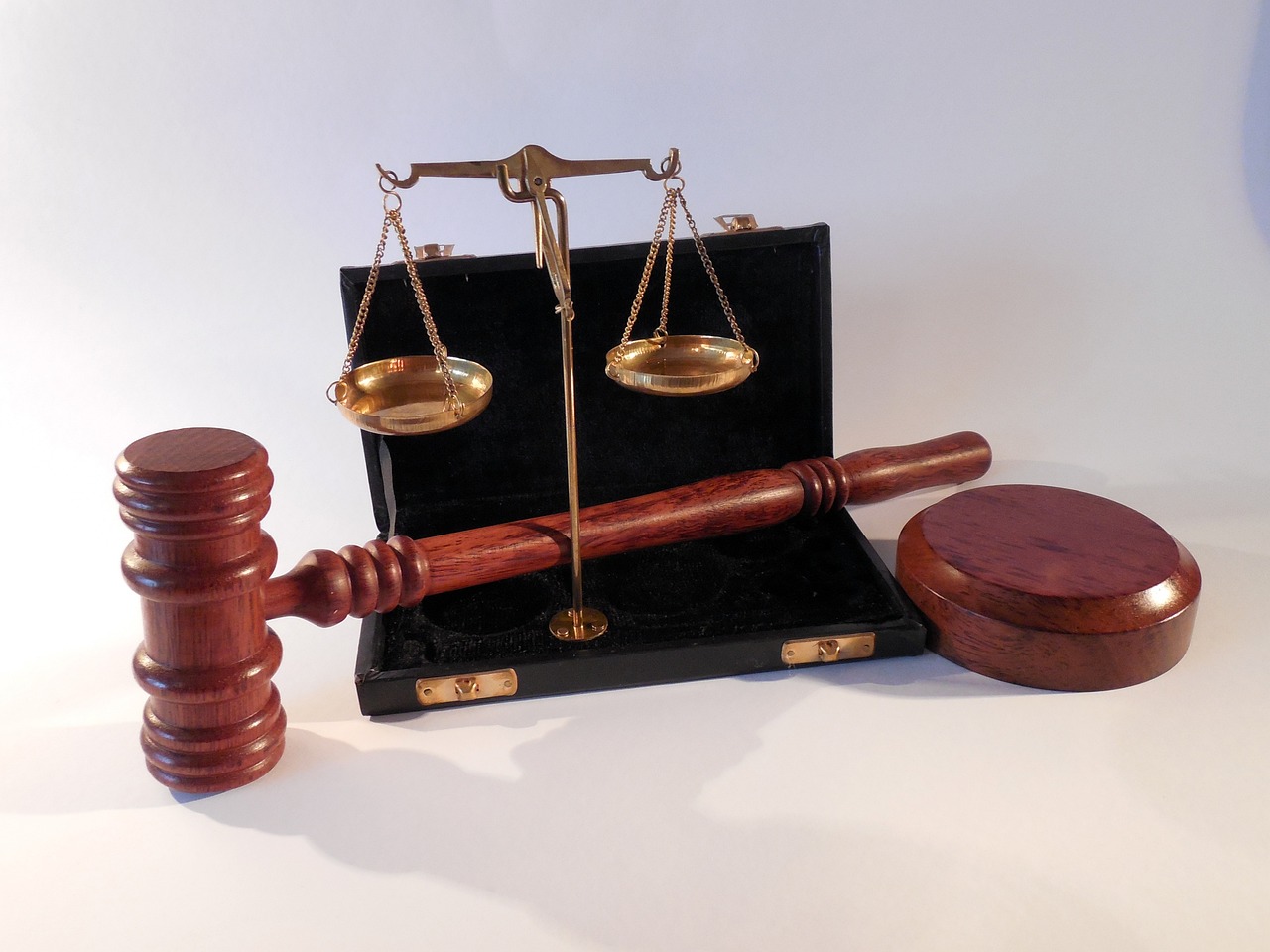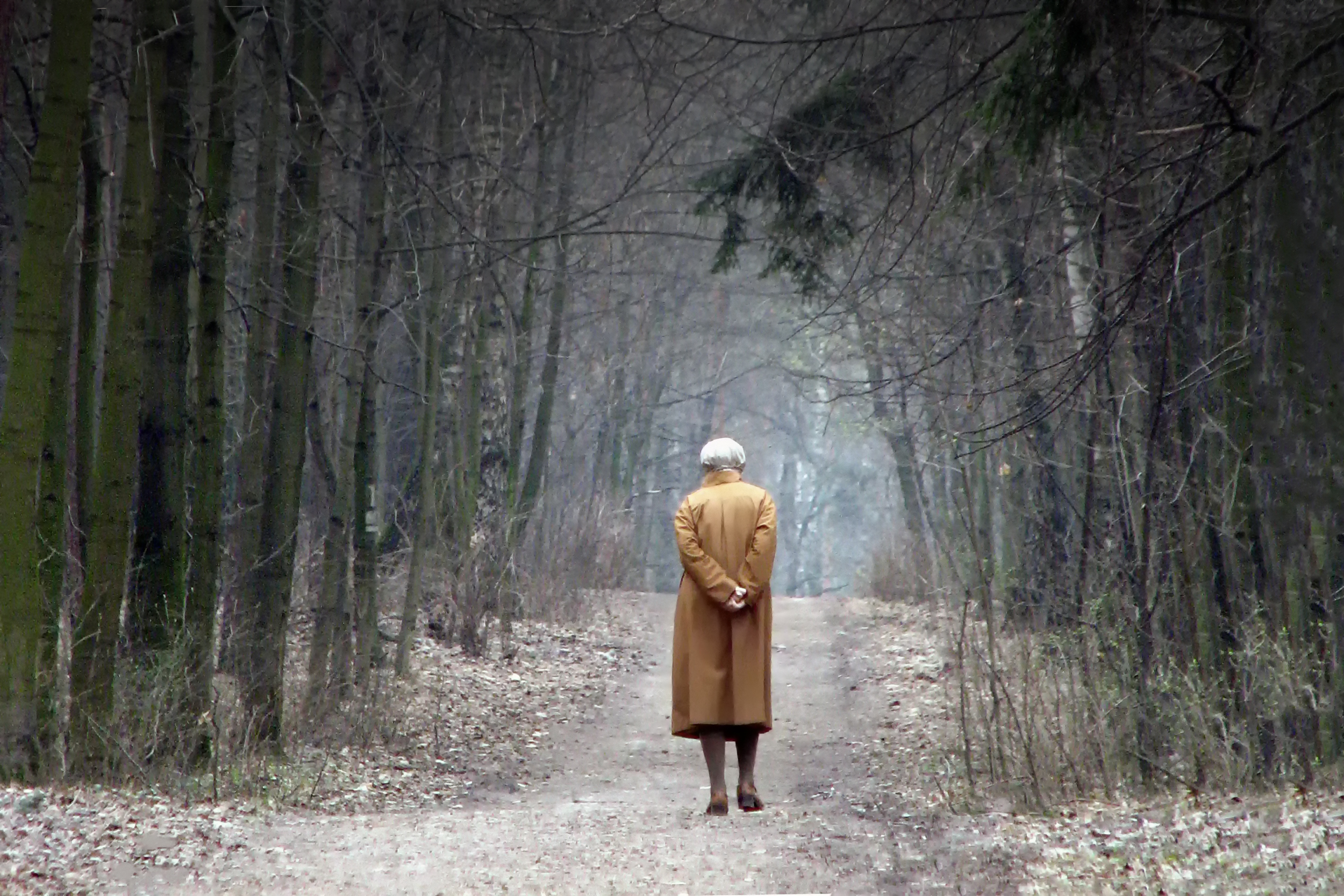Aside, there are two cases pending articles. I’m working on them.
I do not have many friends. It is difficult for me to reach out to my friends to keep in touch with them. Since I work from home, I’m not forced to interact with co-workers. So, few friends.
Note, I use the word “friend” to mean “friend”, not somebody that I work with or classmates. A friend is a friend.
When I left the horrid state of Maryland for the green, green hills of NH, I wasn’t leaving friends behind. My friend and mentor had died a few years earlier. With my kids graduated, there was nothing holding me there.
For six months I lived near the Vermont border while commuting 80+ miles to just outside the inner beltway of Boston. I did that commute 4.5 days a week. On Friday, I left work in Boston and drove back to my family in PA. On Sunday, I drove back to NH.
I was staying with a family as a boarder. I had met her in an online game. We had become online friends. When she got married, Allyson did it for her.
During the months, I became friends with her. She, and her husband, were conservatives. They had the same sort of beliefs that I had. I had many enjoyable conversations with her.
Note, the husband is currently in the “special prison” for those special prisoners who wouldn’t survive in gen pop. I was more than willing to help put him there.
Regardless, we were friends. I helped her when I could. When they lost their house a few years later (husband’s fault), we opened our home to them. When he was kicked out, we continued to support her.
There was many a rainy day that I worked on her car because we were all short on money.
She ate at our table, shared in our lives. She was here for Christmas and for other holidays.
A true friend.
I do not talk to her anymore. Not at all.
There is a part of the abortion argument that flat out escapes me. It is how so many women think that because the federal government is no longer blocking anti-abortion laws, that they are at a considerable risk.
My friend is a few months older than I am. She isn’t going to get pregnant. It isn’t going to happen. Having access to an abortion is meaningless to her.
What about her daughters? One daughter is happy making babies with her husband. The other daughter is happy being an Aunt. That one can’t think of a man sexually, see not above about her step-father being in the special prison.
Nether of her daughters is at risk of an unintended pregnancy. So why is abortion so important to her?
My youngest is also very upset that the federal government is blocked from blocking anti-abortion legislation. She considers it to be part of “woman’s health”.
It is essential to understand, abortions are not banned in this state.
Roe v. Wade found that women had a right to abortions under because they had a right to privacy. Because they had a right to privacy, what happened between the woman and her doctor was none of your business. Thus, abortions are a right under a woman’s right to medical privacy.
Dobbs said, “No. There is no right to abortion hidden in the Constitution. The plain text of the Fourth Amendment does not implicate the conduct in question. There is nothing in this Nation’s historical tradition of regulations that is similar to ‘right to abortion'”.
Having made the statement, the Court overturned Roe v. Wade and returned the question to the states.
Some states had laws that instantly went into effect, banning abortions. Other states enshrined abortion “rights” into their laws. Still, other states didn’t do a damn thing.
But the Dobbs case broke my friend.
She blamed Trump, personally, for strangers in other states having restricted access to abortions. Having decided that Trump was “evil,” she then dove into the Kool-Aid and drank all that she could and more.
She went from “there is no evidence that Kavanaugh sexually assaulted anyone” to “Kavanaugh was credibly accused of sexual assault and is not qualified to be on the Court.”
It happened in the course of a few days.
She went from “Thomas is a great justice.” to “Justice is a political hack, he is slimy, in the pocket of the wealthy.”
Her mind broke. It broke because it was so obvious to her, that Dobbs was decided incorrectly, that the only possible reason was corruption or malfeasance.
If the justices on the Supreme Court, whom she trusted, whom she respected, could betray her, then what else are they betraying.
Currently, she is of the “vote not Trump.” There is not a single thing that Trump did as president that she respects. All of it was destroyed, for her, with that one opinion.
I believe that I am willing to question just about anything. There are some things which are locked in stone. Not because “they” told me to believe that way, but because I did my research and in that research grounded my opinions.
I like to believe that I am moral. I have a moral code which I follow. Part of that code is to be willing to question my moral code and my opinions, to be able to separate facts from opinions, truth from wishful thinking.
My friend is lost. I do not expect her to ever recover. I will pray for her and hope she finds happyness in her new status as a subject of the state.










 Money, power, hubris, and self interest. I found that one interesting. I don’t see the problem with money or power, and I have a health self interest myself, so I can’t really complain about it in others. I don’t know Vance well enough to say if he’s engaging in hubris, but that’s one of those things that usually takes care of itself over time. Then the random insert: Kyle Rittenhouse.
Money, power, hubris, and self interest. I found that one interesting. I don’t see the problem with money or power, and I have a health self interest myself, so I can’t really complain about it in others. I don’t know Vance well enough to say if he’s engaging in hubris, but that’s one of those things that usually takes care of itself over time. Then the random insert: Kyle Rittenhouse.